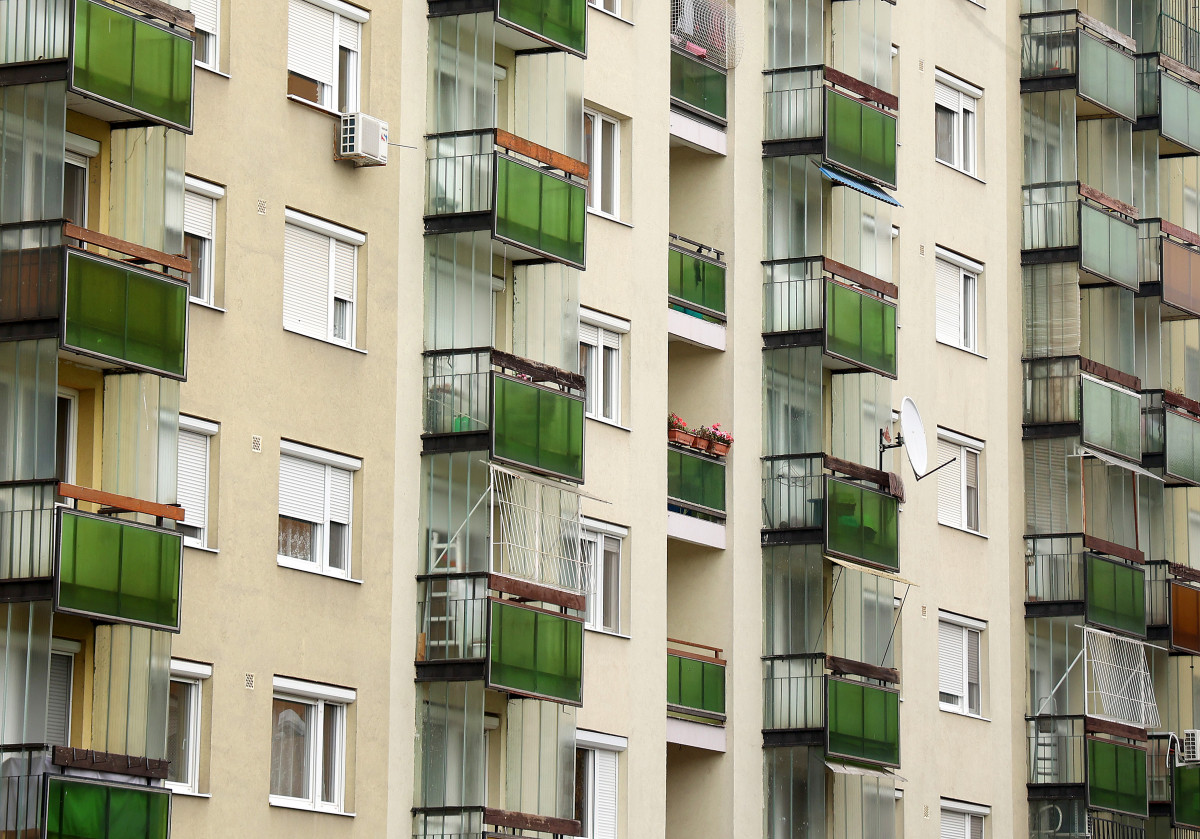Both the national and Budapest rental markets showed a mild increase in April, with rents rising by 0.9% nationwide and 1.3% in the capital compared to the previous month. Year-on-year, rents were 7.6% higher nationally and 8.6% higher in Budapest, according to the latest rental index from the Hungarian Central Statistical Office (KSH) and Ingatlan.com.
In a press release shared with MTI, László Balogh, lead economic expert at Ingatlan.com, noted that the annual price increase in Budapest was 6.8% in March, so April’s data indicates an acceleration, although not a significant one.
He added that the median monthly rent in Budapest remains at 250,000 HUF, primarily due to a wide selection of available rentals, which helps curb price growth.
Currently, over 17,000 rental listings are available across Hungary, with more than 10,000 in Budapest—a supply level not seen since early 2022.
The analysis also looked ahead to mid-May, offering insights for prospective tenants in Budapest and major university cities. In Budapest, the average rent is still 250,000 HUF, while in Debrecen it’s around 225,000 HUF. Meanwhile, rents in Szeged, Pécs, and Győr have risen by 10,000–30,000 HUF, bringing the average to 160,000–190,000 HUF. In Miskolc, average rents increased from 100,000 to 120,000 HUF compared to last year.
For students, room rental prices are around 100,000 HUF in Budapest, and 70,000 HUF in Debrecen, Szeged, Pécs, and Székesfehérvár. In other university cities, prices typically range between 50,000–60,000 HUF.
The report highlights that investor activity was strong in Q1 2025, suggesting the rental supply may grow further—which could help keep rent inflation in check, especially beneficial for students and renters.
Balogh also pointed out that investors favor newly built apartments, which could improve the overall quality of rental housing. While the average rent in Budapest hasn’t changed from last year’s 250,000 HUF, the average rent for new or like-new units built in the last four years rose from 290,000 to 300,000 HUF.
According to Balogh, investors may interpret this as meaning new builds can command rents 20% higher than older properties. However, for renters, this typically translates to just a 50,000 HUF monthly premium.
(Source: MTI)


















